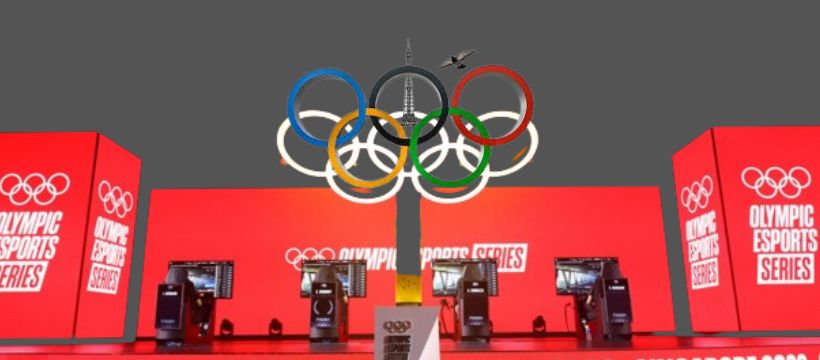When the stadium announcer informed the Paris audience that they were witnessing a historic moment, the crowd erupted in cheers and applause. However, the woman making history, Sarah Adam, was too focused on the game to notice. She was busy energetically colliding with male players and racing across the court to score try after try.
Adam is making waves in France’s capital as the first American woman to compete in wheelchair rugby, the most physically demanding of the 22 sports at the Paralympics.
She was in the starting lineup when Team USA launched its campaign on Thursday against their familiar rivals, Canada. Her six tries in 16 action-packed minutes on the court not only helped secure a 51-48 victory in the group-stage game but also demonstrated her belief that women can excel in this male-dominated, mixed-gender sport.
“There’s a place for us on that court,” she said. “We need more women participating and being visible, so others know this is a viable option for them.”
Other women are also breaking barriers in wheelchair rugby. Australia has made history with three women on its 12-player team in Paris, an unprecedented achievement. Denmark, Germany, and Japan also have female players, leaving only host nation France, defending champion Britain, and Canada without any.
The eight women participating in Paris is double the number from the Tokyo Paralympics in 2021. However, the 88 men still outnumber the women 11 to one, indicating that there is still significant room for progress.
“It’s going too slowly,” said Ella Sabljak, who scored one try in her six and a half minutes on the court during Australia’s opening game against Britain, which ultimately won 58-55 in the fourth quarter.
“We’re definitely leading the way in Australia,” she added. “Other teams need to catch up and recognize that women bring value to the game. We’re not burdens or difficulties; we are elite athletes among other elite athletes. People need to change their perspective on what women contribute.”
Sarah Adam took a more optimistic view. “We’re getting more visibility,” she said. “That’s the important first step.”
At the Paralympics, athletes in wheelchair rugby are classified based on their physical abilities, with scores ranging from 0.5 for those with the most limited abilities to 3.5 for the most capable. The combined score of the four players on the court at any one time cannot exceed 8, necessitating a mix of more and less capable players.
To encourage the inclusion of women, the sport grants an additional half point for each female player on the court. This rule allowed the US team to start with Sarah Adam and Josh Wheeler, both classified at 2.5, along with defender Jeff Butler, who added 0.5. This setup still made room for captain Chuck Aoki, classified at 3.0, who went on to become the team’s top scorer with 21 tries. “It levels the playing field,” Adam noted about the rule.
Australian player Ella Sabljak added, “It increases our chances of participating because the sport has traditionally been male-dominated.”
“It makes me feel valued,” she added.
Andrea Bundon, a researcher on female participation in Paralympic sports, explains that wheelchair rugby uses this rule to encourage teams to seek out and develop female players, giving them an added advantage on the court.
“There is significant value in having women and men compete together,” Bundon noted in written comments to the Associated Press. “It allows for mutual appreciation of each other’s athleticism and demonstrates that women are fully capable of competing at this level.” Bundon, who works at the University of British Columbia, specializes in the mechanics and anatomy of human movement.
She also warned that the position of women in this sport remains precarious. However, as Paralympic sports gain more visibility, “the opportunity for these women to showcase their athleticism and talent is promising and should be celebrated, even as we push for further improvements.”
Sarah Adam, known for her exceptional speed and agility honed through rigorous training, skillfully outmaneuvered the larger Canadian players who aggressively pursued her, often clashing their armored chairs with hers.
“They’re pretty big,” she said. “I’ve got to be smarter and more strategic. I can’t rely on brute strength against a 200-pound opponent. Instead, I depend on agility and tactical thinking.”

.jpg)
.jpg)